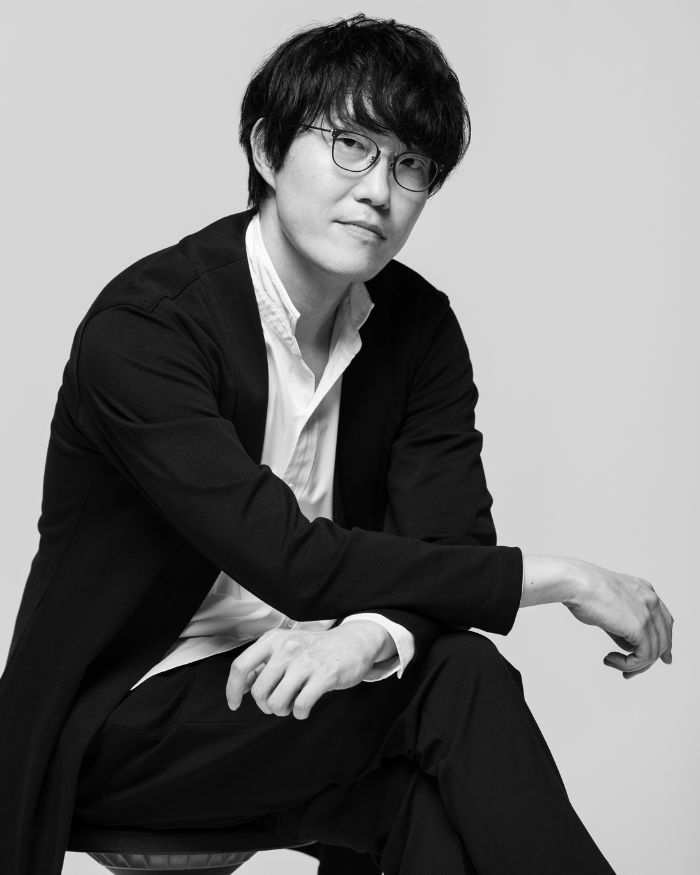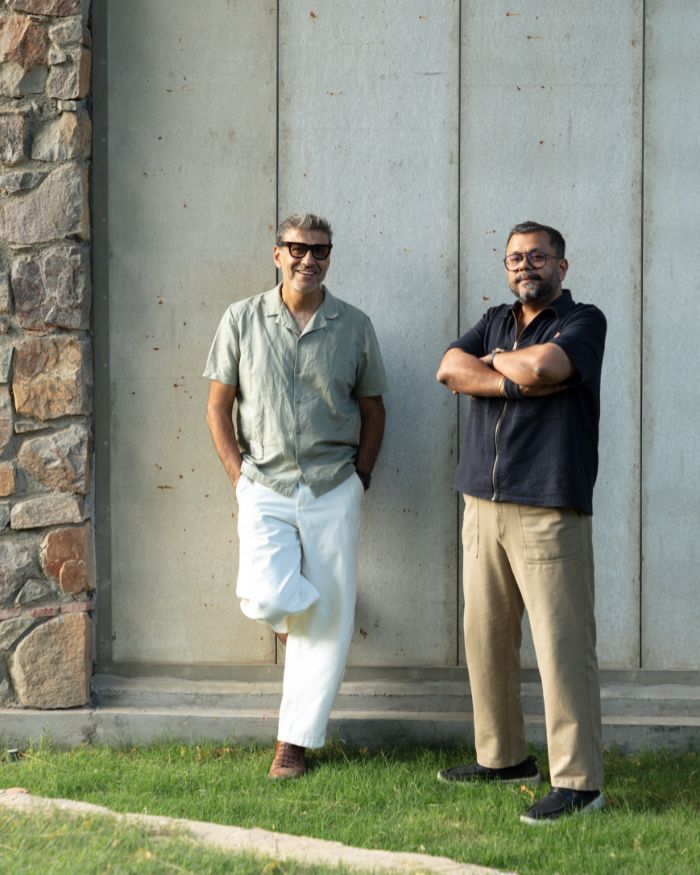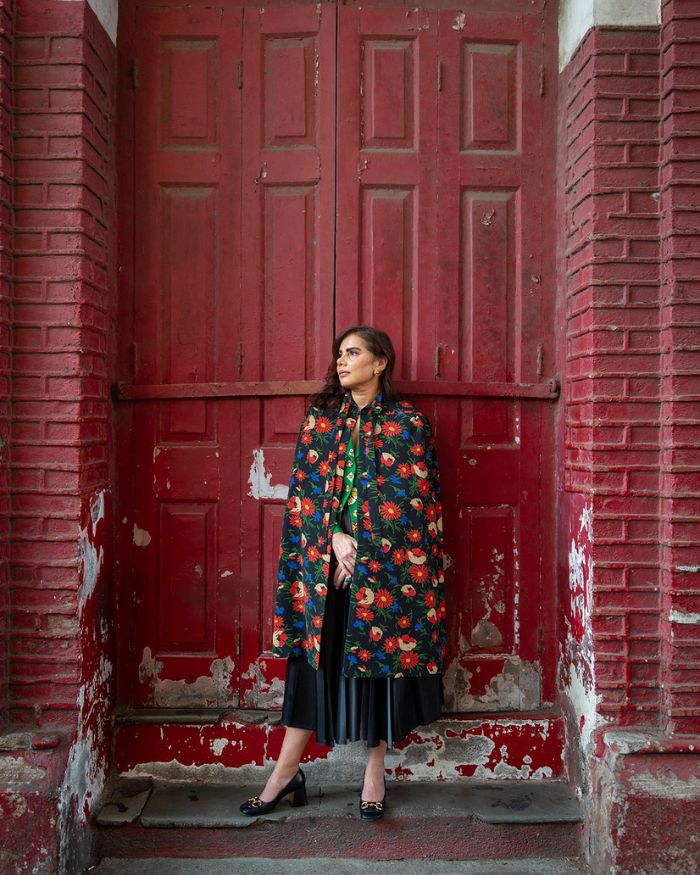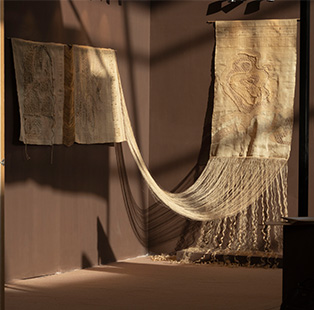Your workplace is called your second home for a reason. This is a space where you spend the better part of the day not just working but also spending time interacting with colleagues and fostering creative collaborations. And who better to share their insights on the philosophy behind conjuring an inviting yet functional workplace than Awdhesh Verma, AVP – Commercial, South Asia, Southeast Asia, Middle East and Africa of MillerKnoll. The furniture behemoth has been setting the trends in office furniture for over a century and continues to evolve with time yet never losing focus on the human aspect of design at the core of their work.

What psychological factors does your team consider when crafting furniture for workspaces to enhance user experience and productivity?
Our approach goes beyond crafting furniture to focus on space planning. There are three key factors we take into consideration here: connection, change and well-being. Our workspace products are specifically designed for easy movement and daily or hourly modification so that employees can take control of their environment amidst change. Planning for inclusivity, neurodiversity, connection to nature and ergonomics in the workspace through furniture and space planning has a positive psychological impact on the employees.
How do the design and choice of materials for furniture vary between workspaces and homes and what impact does this have on overall work efficiency?
Design and materials can uplift the entire mood of a workspace, heightening productivity and making the space more inviting. While designing furniture for residential spaces, our compass is always to create a sense of comfort, the same consideration as an office but with a different approach where the nature of the team and the type of work becomes an influential factor. Muuto, one of the brands in our collective, takes these considerations to a new level by focusing on neuroaesthetics and how the sensory, perceptual and motor systems engage with the central nervous system.
A workspace has to be human-centric, supporting the natural flow of moving from entering the space to having your morning coffee. Your office should have enough spaces where you can do collaborative work and others where you can do head-down work and ease of movement between them.
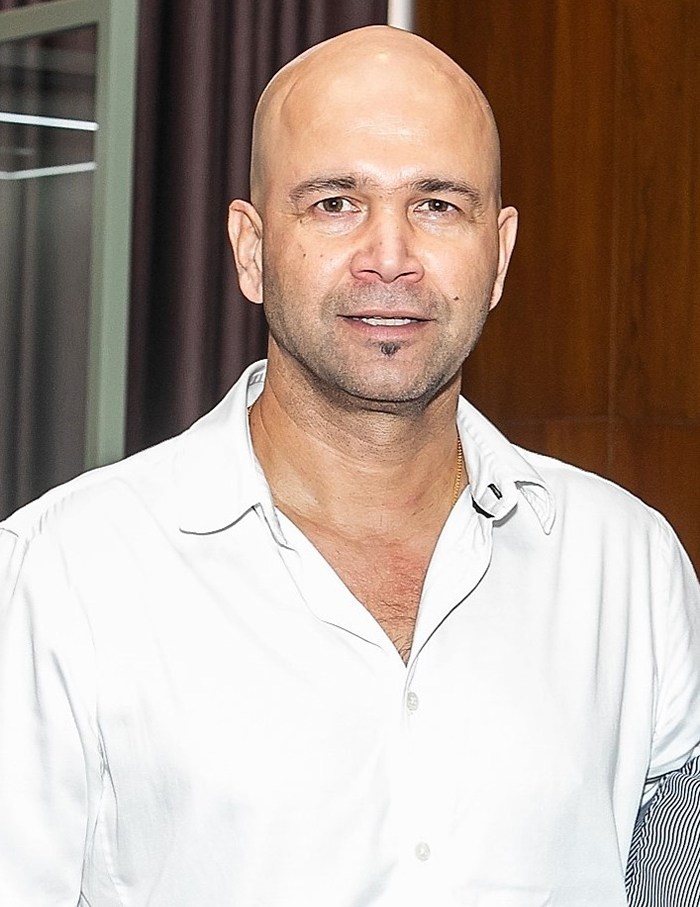
In what ways does MillerKnoll’s furniture contribute to fostering community relations within workspaces and are there specific features designed to encourage collaboration and connection?
A workplace culture is built when people come together and interact in person and furniture is a vital part of this. At MillerKnoll, our furniture makes interaction and collaboration easy. Let’s take Herman Miller’s OE1 Workspace Collection, for example. It includes tables, dividers, shelving, trolleys and more and it’s all designed for agility. NaughtOne, a British brand that is part of our collective designs furniture specifically to support collaboration, like Hue, a sofa and table set that’s designed to make use of awkward and compact spaces.
How does MillerKnoll address the need for a flexible work environment through its furniture design and what elements are integrated to support adaptability and versatility?
Flexibility is an important consideration for us. Herman Miller’s ergonomic office chairs are designed to adapt to the human body, so different users with different body types can sit in the same chair. One of our new chairs, Zeph, features a kinematic shell seat that moves with bodies of different sizes with no levers needed.
As for me, I’m working from home today and I’m using Herman Miller’s Mirra Chair and a Ratio height-adjustable workstation, which can be raised and lowered depending on who’s using it. My 12-year-old son can comfortably sit in the same chair, at the same desk and do his homework.
Over the past decade, how has the landscape of furniture design evolved in India? Additionally, what anticipated changes do you foresee in the coming years regarding design trends and preferences?
The biggest change we’ve seen is the move away from walls and fixed-height desks to zoned, activity-based spaces, height-adjustable workstations and furniture anyone can use. As well as open layouts that foster collaboration.
We’re seeing an interest in reducing carbon footprint and sustainable practices. Our clients often ask how much recycled content our products contain and how much fuel we’re using to ship our products to India. To cater to our clients who prefer to source responsibly, we established a manufacturing plant in Bidadi in Bengaluru.


